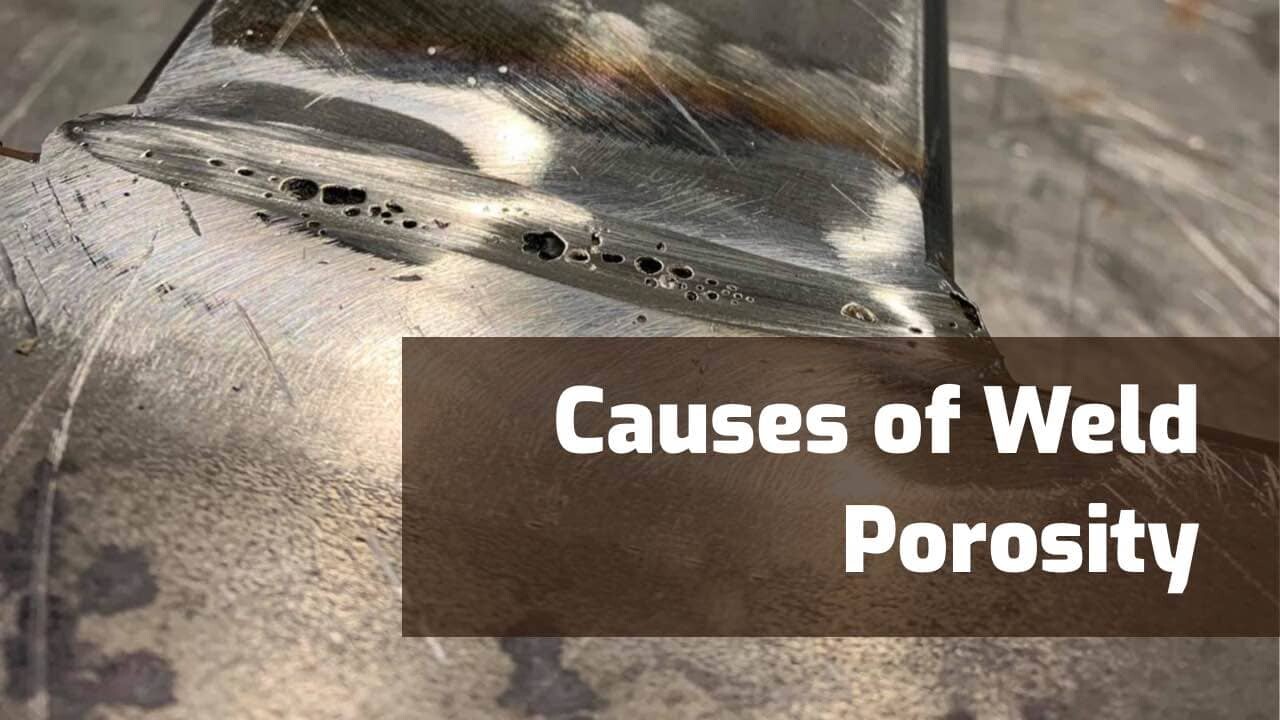What is Porosity in Welding: Finest Practices for Staying Clear Of Porous Welds
What is Porosity in Welding: Finest Practices for Staying Clear Of Porous Welds
Blog Article
The Scientific Research Behind Porosity: A Comprehensive Overview for Welders and Fabricators
Recognizing the intricate mechanisms behind porosity in welding is important for welders and makers striving for impressive craftsmanship. From the make-up of the base materials to the details of the welding procedure itself, a plethora of variables conspire to either aggravate or alleviate the presence of porosity.
Comprehending Porosity in Welding
FIRST SENTENCE:
Evaluation of porosity in welding discloses vital insights into the stability and top quality of the weld joint. Porosity, characterized by the visibility of dental caries or voids within the weld steel, is a typical concern in welding procedures. These voids, otherwise properly resolved, can endanger the architectural stability and mechanical residential or commercial properties of the weld, resulting in prospective failings in the finished product.

To discover and quantify porosity, non-destructive screening techniques such as ultrasonic testing or X-ray examination are often used. These methods allow for the recognition of internal problems without compromising the honesty of the weld. By assessing the size, form, and circulation of porosity within a weld, welders can make informed choices to improve their welding procedures and achieve sounder weld joints.

Elements Influencing Porosity Development
The occurrence of porosity in welding is influenced by a myriad of factors, ranging from gas securing performance to the complexities of welding criterion settings. One important variable adding to porosity development is insufficient gas protecting. When the protecting gas, commonly argon or carbon dioxide, is not effectively covering the weld pool, climatic gases like oxygen and nitrogen can pollute the liquified metal, resulting in porosity. Furthermore, the cleanliness of the base materials plays a considerable duty. Contaminants such as corrosion, oil, or moisture can vaporize throughout welding, producing gas pockets within the weld. Welding criteria, consisting of voltage, present, travel speed, and electrode type, additionally influence porosity development. Utilizing improper setups can create excessive spatter or heat input, which consequently can cause porosity. Moreover, the welding technique utilized, such as gas steel arc welding (GMAW) or protected steel arc welding (SMAW), can affect porosity formation due to variants in warm circulation and gas insurance coverage. Recognizing and controlling these variables are necessary for decreasing porosity in welding procedures.
Impacts of Porosity on Weld Top Quality
The existence of porosity likewise deteriorates the weld's resistance to corrosion, as the caught air or gases within the voids can respond with the surrounding environment, leading to degradation over time. Additionally, porosity can prevent the weld's capacity to withstand pressure or influence, additional jeopardizing the general top quality and integrity of the welded structure. In critical applications such as aerospace, automobile, or structural constructions, where security and toughness are extremely important, the detrimental effects of link porosity on weld quality can have extreme effects, highlighting the relevance of minimizing porosity through proper welding techniques and procedures.
Methods to Reduce Porosity
Furthermore, utilizing reference the proper welding specifications, such as the appropriate voltage, present, and travel speed, is vital in stopping porosity. Preserving a regular arc size and angle during welding likewise assists lower the likelihood of porosity.

In addition, choosing the best securing gas and preserving appropriate gas flow prices are important in minimizing porosity. Utilizing the appropriate welding strategy, such as back-stepping or utilizing a weaving activity, can additionally help disperse warm equally and reduce the possibilities of porosity formation. Finally, guaranteeing appropriate ventilation in the welding environment to eliminate any kind of possible resources of contamination is crucial for achieving porosity-free welds. By carrying out these strategies, welders can effectively reduce porosity and generate premium bonded joints.

Advanced Solutions for Porosity Control
Implementing innovative technologies and cutting-edge methods plays a pivotal role in accomplishing exceptional control over porosity in welding processes. discover this info here Additionally, employing sophisticated welding strategies such as pulsed MIG welding or customized ambience welding can likewise assist mitigate porosity problems.
One more sophisticated option entails the use of sophisticated welding devices. Making use of devices with built-in attributes like waveform control and innovative power sources can improve weld top quality and decrease porosity dangers. The application of automated welding systems with specific control over parameters can substantially reduce porosity issues.
Moreover, incorporating advanced tracking and assessment innovations such as real-time X-ray imaging or automated ultrasonic testing can help in identifying porosity early in the welding process, enabling instant restorative actions. In general, incorporating these innovative solutions can greatly improve porosity control and improve the general quality of welded components.
Final Thought
In conclusion, comprehending the science behind porosity in welding is important for welders and makers to produce high-grade welds. By determining the variables affecting porosity development and carrying out strategies to reduce it, welders can enhance the total weld quality. Advanced solutions for porosity control can even more boost the welding process and guarantee a strong and trustworthy weld. It is crucial for welders to continually educate themselves on porosity and carry out finest practices to accomplish ideal outcomes.
Report this page